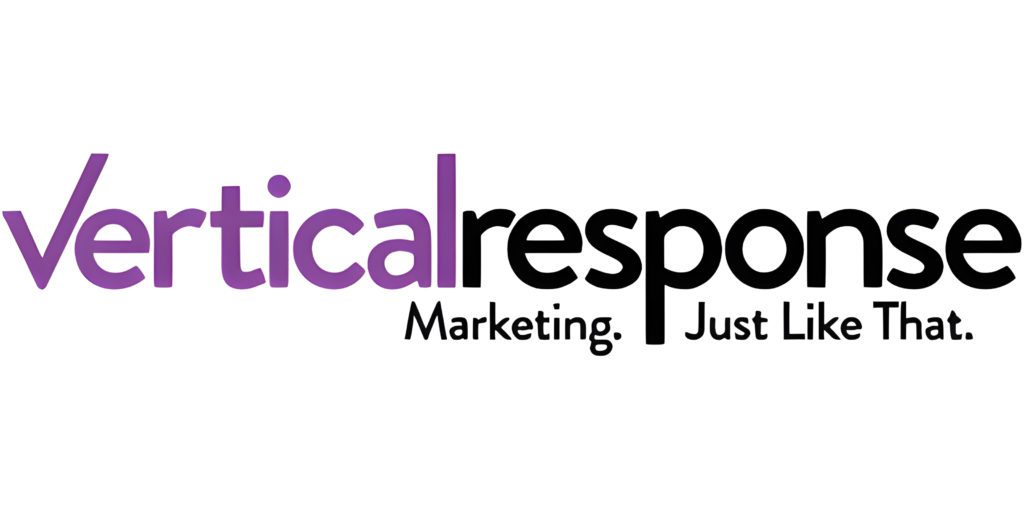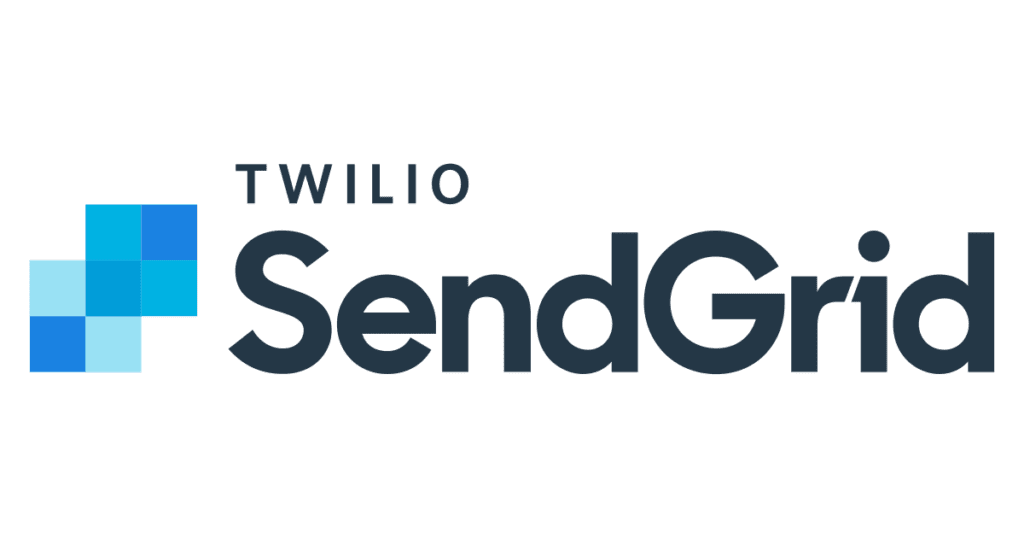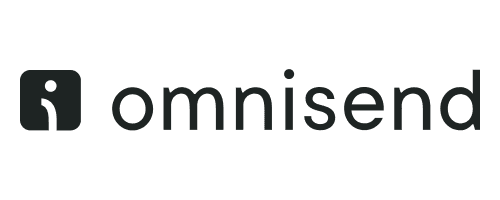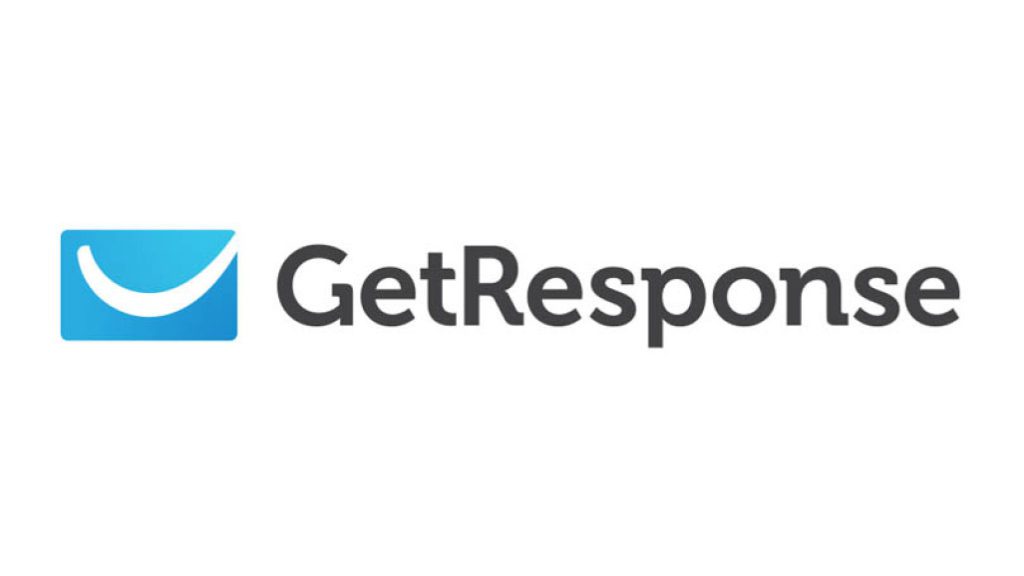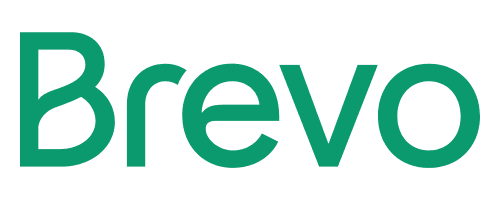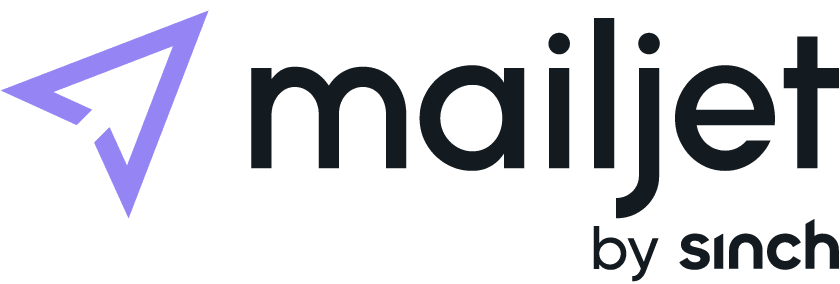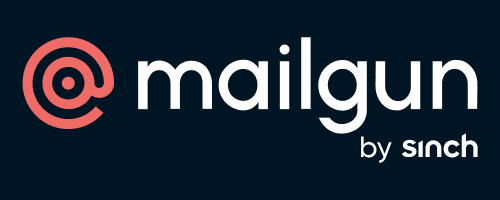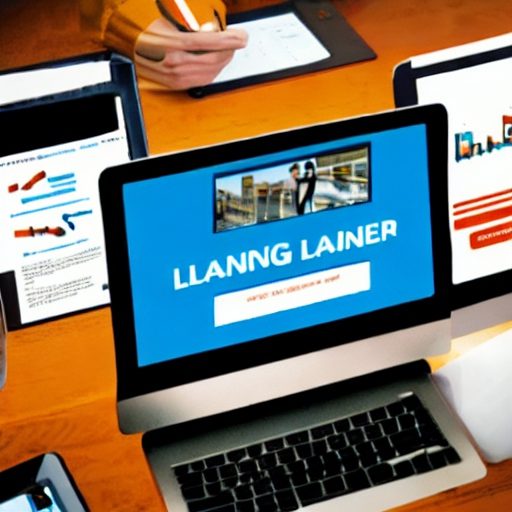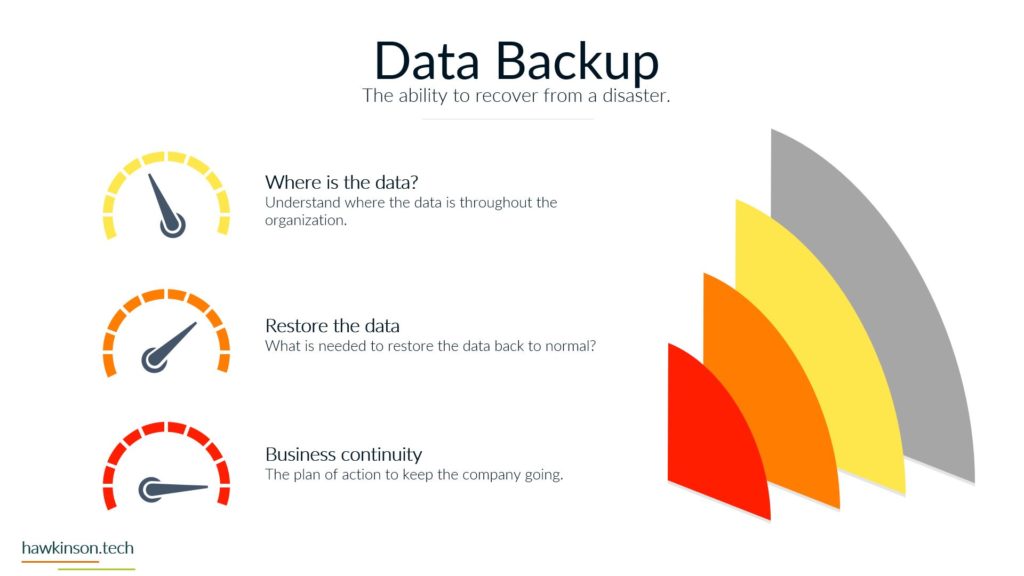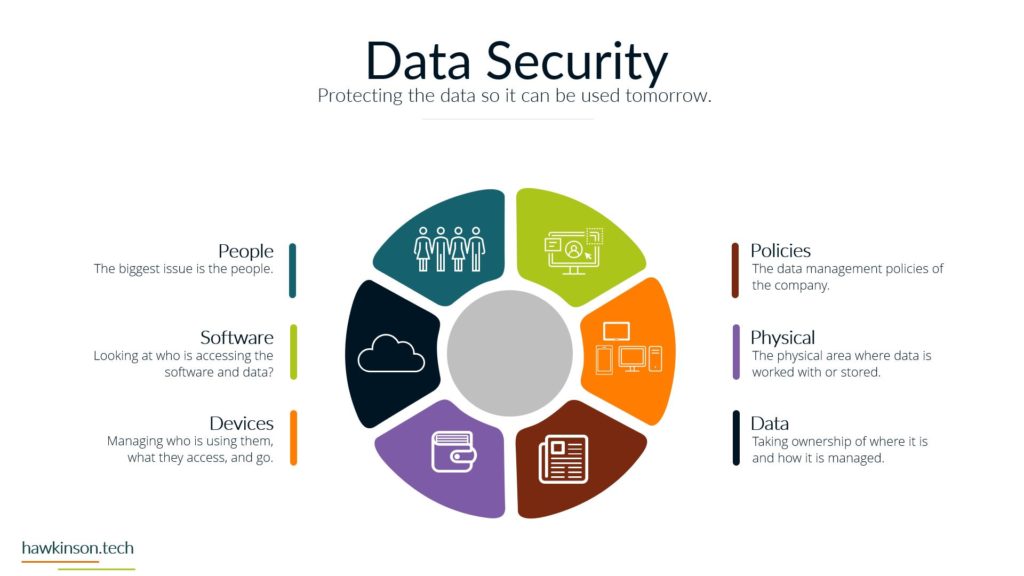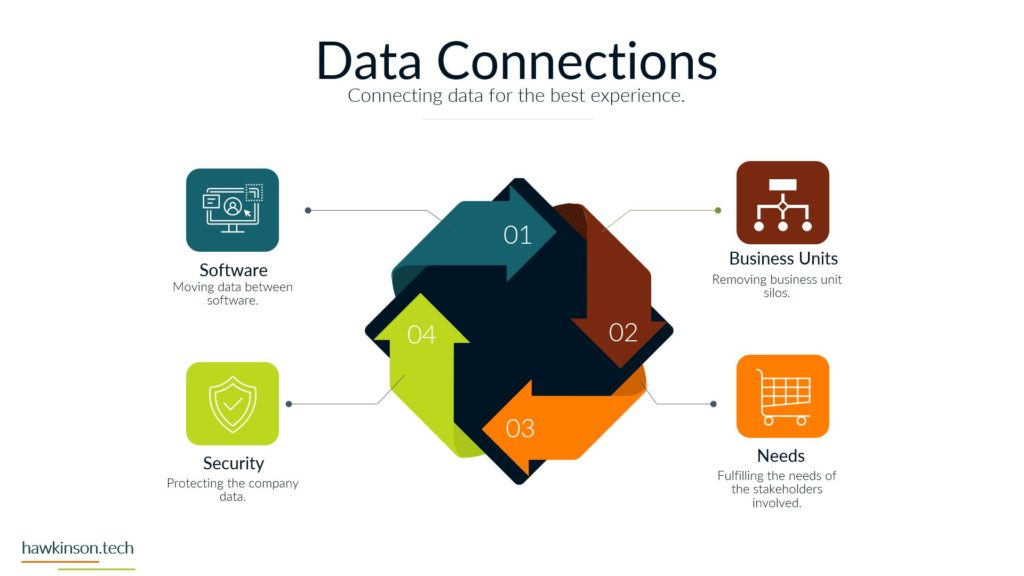Pillar 2 – Phases
In today’s digitally driven world, the movement of users and data within a company is critical to its operations. Companies rely on various phases to facilitate the flow of users and data, encompassing interactions with software, vendors, products, suppliers, and devices. Companies must ensure a seamless flow of users and data while maintaining security, privacy, and compliance. The movement of data and users within a company aids a business in decision-making, improved efficiency, enhanced user experience, and targeted marketing.
However, users and data move through different phases in the digital ecosystem. Thus, the data movement process can seem complex for those unaware of the digital experience. To understand how data and users move within a company, you must understand the following concepts in the phases of data experience:
- Layers: Data and users’ movement can be inward, outward, or internal (within the company).
- Funnels: The layers of users and data movement through a company can be visualized as a funnel, representing various stages where data is collected, processed, analyzed, and utilized.
- Process: The funnels can then be categorized into various processes of moving users and data, ensuring security, privacy, and compliance
Phases of Digital Experience
The phases of digital experience can vary depending on the type of company you run. However, most companies experience similar data and user movement phases in the digital ecosystem. These phases are further divided into layers, funnels, and processes, which will be discussed later. Below are some common phases through which data and users move.
1. Onboarding Phase
The onboarding phase marks the initial entry of users into a company’s ecosystem. Whether they are employees, customers, or partners, this phase involves introducing them to the company’s systems, policies, and procedures.
During this phase, users often interact with software applications, complete documentation, and receive training to familiarize themselves with the company’s tools and workflows. Thus, it is crucial to have user-friendly onboarding processes, and intuitive software interfaces to ensure a smooth transition for users into the company’s environment.
2. Usage Phase
Users enter the usage phase once they cross the onboarding phase, where they actively engage with various software applications and products. This phase involves daily interactions with software tools that enable users to perform their tasks efficiently.
For employees, this could include using productivity software suites, project management tools, or specialized software related to their roles. Similarly, customers may interact with the company’s website, mobile apps, or self-service portals to access products or services.
In this phase, the smooth and uninterrupted data flow between users and software systems is vital for efficient operations and customer satisfaction.
3. Collaboration Phase
As we learned in pillar 1 of the series, collaboration is a key driver of productivity and innovation. The collaboration phase involves sharing and exchanging data and ideas among users, internally and externally, and within the company through stakeholders. Users leverage various software applications such as team communication tools, project management platforms, or document-sharing platforms to collaborate effectively.
This phase facilitates real-time communication, file sharing, version control, and feedback loops, enabling teams to work together seamlessly, irrespective of their physical locations. Effective collaboration enhances efficiency, fosters creativity, and accelerates decision-making processes.
4. Integration Phase
The integration phase focuses on the seamless connection and data exchange between software applications, systems, and platforms within the company’s ecosystem.
Companies rely on integration solutions to ensure data flows seamlessly between various departments, software tools, and databases. Integration is crucial in eliminating data silos, streamlining processes, and enabling a holistic information view. Robust integration enables better data-driven decision-making, improves operational efficiency, and enhances customer experience.
5. Vendor and Supplier Phase
Many companies rely on external vendors and suppliers to source products, components, or services. The vendor and supplier phase involves interactions with external entities, managing relationships, and ensuring smooth supply chain operations.
This phase encompasses procurement, order management, contract negotiations, and logistics coordination. Software applications like enterprise resource planning (ERP) systems, supply chain management (SCM) tools, and customer relationship management (CRM) platforms facilitate effective vendor and supplier management, enabling companies to maintain strong partnerships and optimize their supply chains.
6. Data Analytics Phase
Data analytics plays a crucial role in modern business operations. The data analytics phase involves collecting, storing, processing, and analyzing data generated by users, software applications, and devices.
Using advanced analytical techniques, companies can derive valuable insights, identify patterns, make informed decisions, and drive business growth. This phase requires robust data management systems, data warehouses, and business intelligence tools to efficiently handle large volumes of data and provide actionable insights to stakeholders.
7. Security and Compliance Phase
Ensuring the security and compliance of user and data movements is paramount for every company. The security and compliance phase involves implementing robust security measures to protect sensitive information, prevent unauthorized access, and mitigate potential threats.
This phase also encompasses compliance with regulatory requirements and industry standards. Companies employ security software, firewalls, encryption techniques, access controls, and regular audits to safeguard user data and maintain compliance. Adhering to security and compliance measures protects the company’s reputation and instills trust among users, customers, and partners.
The Layers of Digital Experience
All data and users moved one of three in the digital experience. The movement of users and data can be categorized as the layers of digital experience.
Layer 1: Inward Movement – Onboarding and User Access
The first layer of user and data movement occurs when users enter a company’s ecosystem. This inward movement involves the onboarding process, where new employees, customers, or partners are introduced to the company’s systems, policies, and procedures.
During this layer, user access privileges are established, granting individuals appropriate permissions based on their roles and responsibilities. Robust user access controls and authentication mechanisms, such as username-password combinations, multi-factor authentication, or biometric verification, are implemented to ensure secure user access to company resources.
Layer 2: Internal User and Data Flow
Once users are onboarded, the second layer of user and data movement involves internal operations within the company. Users interact with various software applications, databases, and systems to perform tasks and access information.
This layer includes user collaboration, data and file sharing, and information flow across different departments and teams. Technologies such as cloud-based storage, enterprise resource planning (ERP) systems, and document management platforms facilitate efficient internal user and data movement, enabling seamless collaboration and streamlined workflows.
Layer 3: Outward Movement – Interactions with External Entities
The third layer focuses on the outward movement of users and data, where interactions occur between a company and its stakeholders, which includes customers, suppliers, and vendors (as described in our previous pillar). This layer encompasses sales, customer support, procurement, and partnerships.
Users engage with external systems, websites, and portals, accessing products, services, or information provided by external entities. Secure communication channels, encryption, and secure file transfer protocols (SFTP) protect data during its transit outside the company’s boundaries, ensuring privacy and preventing unauthorized access.
Funnels of Digital Experience
In the context of digital experience, funnels refer to the different stages or processes through which data flows within a company. These stages can vary depending on the specific needs and goals of the organization. Here are the common funnels of data experience:
1. Acquisition Funnel
The acquisition funnel represents the initial stage of the user journey within a company. It focuses on attracting and acquiring new users or customers. Companies employ various strategies to capture data at this stage, such as lead generation forms, website analytics, or customer registration processes.
This data includes demographic information, contact details, and user preferences, which help companies understand their target audience and tailor their products or services accordingly. The acquisition funnel lets companies expand their user base and initiate the data experience journey.
2. Engagement Funnel
The engagement funnel represents the ongoing interactions between users and the company’s offerings. Users actively engage with products, services, or platforms at this stage, generating valuable data. Companies collect data through user activity logs, transaction histories, social media interactions, or customer support channels.
This data provides insights into user behavior, preferences, and satisfaction levels, enabling companies to optimize their offerings, personalize recommendations, and provide exceptional user experiences. The engagement funnel fosters user loyalty and drives long-term business success.
3. Conversion Funnel
The conversion funnel focuses on transforming user engagement into desired actions or conversions. Conversions can vary based on the company’s goals, such as sales, sign-ups, or subscriptions. Data collected during the conversion funnel includes purchase history, conversion rates, or user feedback.
By analyzing this data, companies gain insights into conversion drivers, identify bottlenecks, and optimize their conversion processes. The conversion funnel helps companies improve their sales funnels, enhance user experience at critical touchpoints, and maximize their revenue potential.
4. Retention Funnel
The retention funnel concentrates on nurturing and retaining existing users. Companies gather data on user retention rates, churn analysis, customer feedback, and user engagement metrics. This data aids in understanding user satisfaction, identifying pain points, and developing strategies to improve customer loyalty.
Retention-focused initiatives such as loyalty programs, personalized recommendations, or proactive customer support contribute to a positive data experience, fostering long-term relationships and driving customer advocacy.
Process of Digital Experience
Each funnel of the digital experience is divided into one or more steps. These steps, or processes, combine to form a single workflow for data and user movement in the digital ecosystem. Below is an outline of different processes in the digital experience.
Step 1: Data Collection and Entry
The process begins with data collection and entry, where companies gather information from various sources. This data can include user profiles, preferences, transaction records, or feedback. Companies utilize different methods, such as online forms, surveys, or automated data feeds, to capture relevant data accurately.
It is crucial to establish data quality standards, validate inputs, and maintain data integrity during this stage. Clear data ownership, governance policies, and secure data entry mechanisms help establish a strong foundation for the subsequent stages.
Step 2: Data Storage and Management
Once data is collected, the next step involves storing and managing it effectively. Companies utilize databases, data warehouses, or cloud storage solutions to store user data securely. Proper data categorization, indexing, and version control facilitate easy retrieval and efficient data management.
Companies must also implement robust data security measures, including access controls, encryption, and regular backups, to protect sensitive user information from unauthorized access or data breaches. Adhering to data retention policies and regulatory requirements ensures compliance and responsible data management.
Step 3: Data Processing and Analysis
In this step, data is processed and analyzed to extract meaningful insights. Companies employ data mining, statistical analysis, or machine learning algorithms to uncover patterns, trends, and correlations within the data.
Data visualization tools and dashboards aid in presenting the analyzed data in a clear and actionable manner. Effective data processing and analysis empower companies to make informed decisions, optimize business processes, and enhance user experiences based on the insights derived from the data.
Step 4: Data Integration and Interactions
Once data is processed and analyzed, it must be integrated with different systems, applications, or platforms within the company’s ecosystem. This integration enables seamless data exchange and interactions between various departments and stakeholders.
Application programming interfaces (APIs), data integration platforms, or middleware solutions facilitate smooth data flow, ensuring that relevant information is accessible where and when needed. Proper data mapping, data mapping, and transformation processes contribute to the accuracy and reliability of integrated data.
Step 5: User Access and Interaction
Users are granted access to the relevant data and applications based on their roles and permissions. User-friendly interfaces, secure authentication mechanisms, and role-based access controls enable users to interact effectively with the company’s systems and data.
Companies may implement single sign-on (SSO) solutions or multi-factor authentication (MFA) to enhance security and streamline user access. A seamless and intuitive user experience ensures that users can leverage the available data and systems efficiently, facilitating productivity and satisfaction.
To Conclude
The movement of users and data through various phases within a company is a complex and critical process. Each stage plays a vital role in ensuring seamless operations, effective collaboration, and informed decision-making from the onboarding phase to the security and compliance phase.
Software applications, vendors, products, suppliers, and devices are integral components that enable and support these phases. By understanding and optimizing these phases, companies can enhance user experiences, improve productivity, drive innovation, and ultimately achieve their business objectives in an increasingly interconnected and data-driven world.











